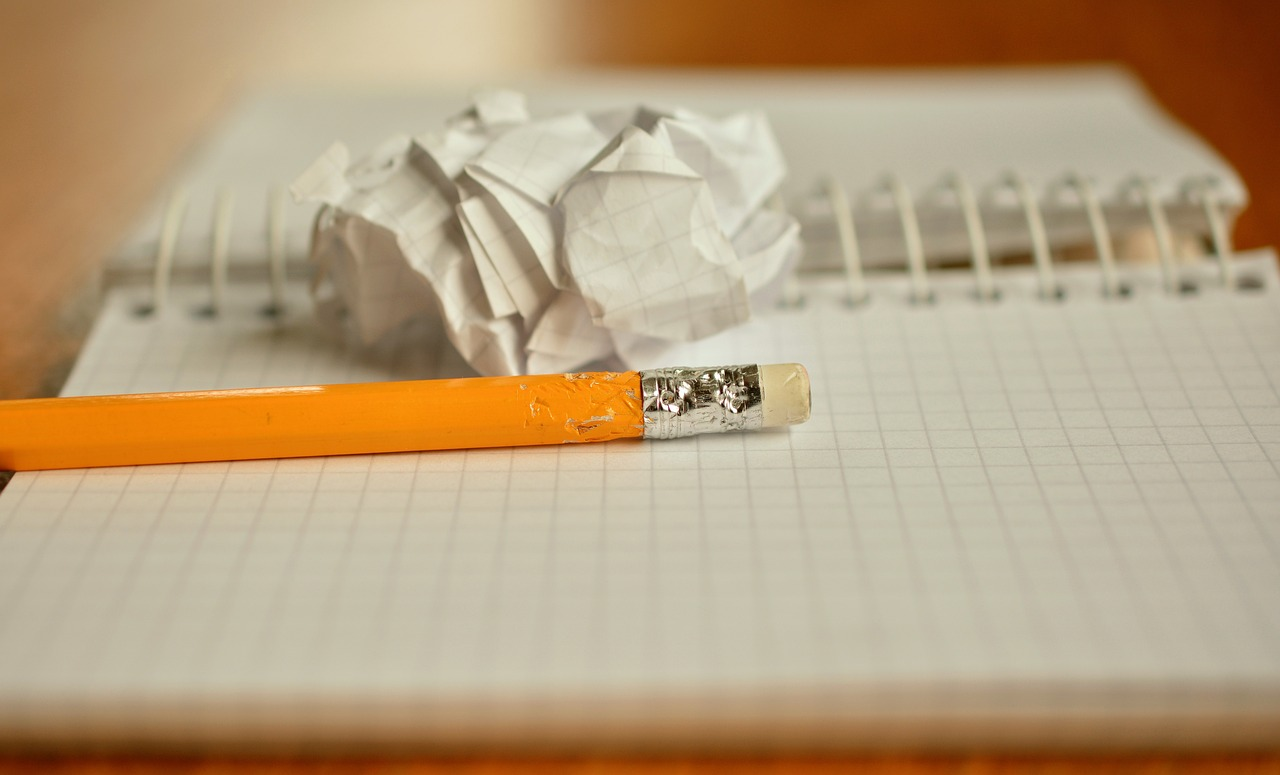Life Cycle Of Paper: The Complete Guide

Paper is an integral part of our daily lives, serving myriad purposes from communication to packaging. Keep reading as experts at Dhara Paper unravel paper’s fascinating journey from raw materials to the products we use. Understanding the life cycle of paper provides valuable insights into its environmental impact and the processes involved in its creation, use, and disposal.
Raw Material Harvesting
The life cycle of paper begins with the harvesting of raw materials, primarily wood fibers obtained from trees. The type of trees used varies based on regional availability and industry practices. Softwood trees, such as pine and spruce, are commonly used for producing strong and durable papers, while hardwood trees like eucalyptus may be chosen for certain applications.
Sustainable forestry practices are crucial at this stage to ensure responsible resource management. Certification programs, such as those offered by the Forest Stewardship Council (FSC), promote the sustainable harvesting of wood, considering factors like biodiversity, soil conservation, and the rights of indigenous communities.
Pulping Process
Once the wood is harvested, it undergoes a pulping process to separate the cellulose fibers from lignin, hemicellulose, and other impurities. Pulping methods can be categorized into chemical, mechanical, or a combination of both.
Chemical Pulping
Chemical pulping involves the use of chemicals, such as sulfates (kraft process) or sulfites, to break down the lignin and extract the cellulose fibers. While effective, this process can have environmental implications due to the chemicals used.
Mechanical Pulping
Mechanical pulping relies on physical methods, like grinding or refining, to separate fibers from the wood. While more energy-efficient, this process can result in shorter fibers and lower paper strength.
Combination Pulping
Many paper mills use a combination of chemical and mechanical pulping to balance efficiency and paper quality. The choice of pulping method impacts the characteristics of the final paper product.
Paper Manufacturing
After pulping, the extracted fibers are combined with water to create a pulp slurry. This slurry undergoes a series of processes, including cleaning, refining, and often the addition of additives like sizing agents and fillers, to improve the paper’s properties.
The paper machine is a crucial component in the manufacturing stage. It consists of a forming section, a press section, and a drying section. In the forming section, the pulp slurry is distributed evenly onto a wire mesh, allowing water to drain and fibers to bond. The press section removes additional water, and the drying section completes the process, producing the final paper product.
Sustainable paper manufacturing practices incorporate technologies that reduce water consumption, energy use, and emissions. Recycling and reusing water in the papermaking process contribute to environmental conservation.
Coating and Finishing
Depending on the desired properties, some papers undergo coating and finishing processes. Coating may involve the application of chemicals or pigments to enhance print quality, brightness, or smoothness. This step is common for producing glossy or coated papers used in high-quality printing.
The finishing stage includes calendaring, where the paper passes through rollers to achieve the desired thickness and smoothness. Sustainable practices in this stage involve the use of eco-friendly coatings and finishes, as well as minimizing waste generation.
Printing and Converting
The printed paper may undergo further processing depending on its intended use. In the printing and converting stage, paper is transformed into various products, such as newspapers, magazines, packaging materials, or office supplies. Printing methods vary, including offset, gravure, flexography, and digital printing.
Product Use
The life cycle of paper extends beyond its manufacturing; its environmental impact continues during its use. As consumers, our choices in paper usage, recycling habits, and overall consumption patterns play a crucial role in minimizing the ecological footprint of paper products.
Choosing recycled and responsibly sourced paper, reducing unnecessary printing, and embracing digital alternatives are practices that contribute to more sustainable paper use. Awareness campaigns and corporate initiatives also promote responsible paper consumption in offices, schools, and households.
Recycling and Waste Management
Recycling is a pivotal stage in the life cycle of paper, offering an opportunity to extend the usefulness of paper products and reduce the demand for virgin pulp. The recycling process involves collecting used paper, sorting it based on types and grades, de-inking, and re-pulping to create recycled pulp.
Embracing recycling initiatives not only conserves natural resources but also minimizes the environmental impact associated with the disposal of paper waste. Sustainable waste management practices include promoting recycling awareness, establishing efficient collection systems, and supporting recycling infrastructure.
End-of-Life
The end-of-life stage marks the point at which paper products are no longer suitable for recycling. In some cases, paper may be composted, contributing to organic waste management. However, a significant portion of paper waste ends up in landfills.
The decomposition of paper in landfills can produce methane, a potent greenhouse gas. Therefore, waste reduction strategies, increased recycling rates, and the development of alternative end-of-life solutions, such as waste-to-energy technologies, are essential for mitigating the environmental impact of paper disposal.
Dhara Paper – Your Trusted Partner In Dubai For Premium Paper Supplies!
Transform your printing and packaging game with Dubai’s top-notch paper suppliers and manufacturers! Reach out to discuss your customization requirements before you place an order for our high-quality paper products, available in multiple finishes, colors, and qualities.
As a reputable paper distributor in Dubai, we offer a wide range of paper supplies, such as wood-free paper, including duplex board, carbonless paper, folio paper, A4 copy papers, art papers, thermal rolls, paper bags, and more.
Quality, precision, and excellence – we deliver it all! Call now for a detailed consultation.


